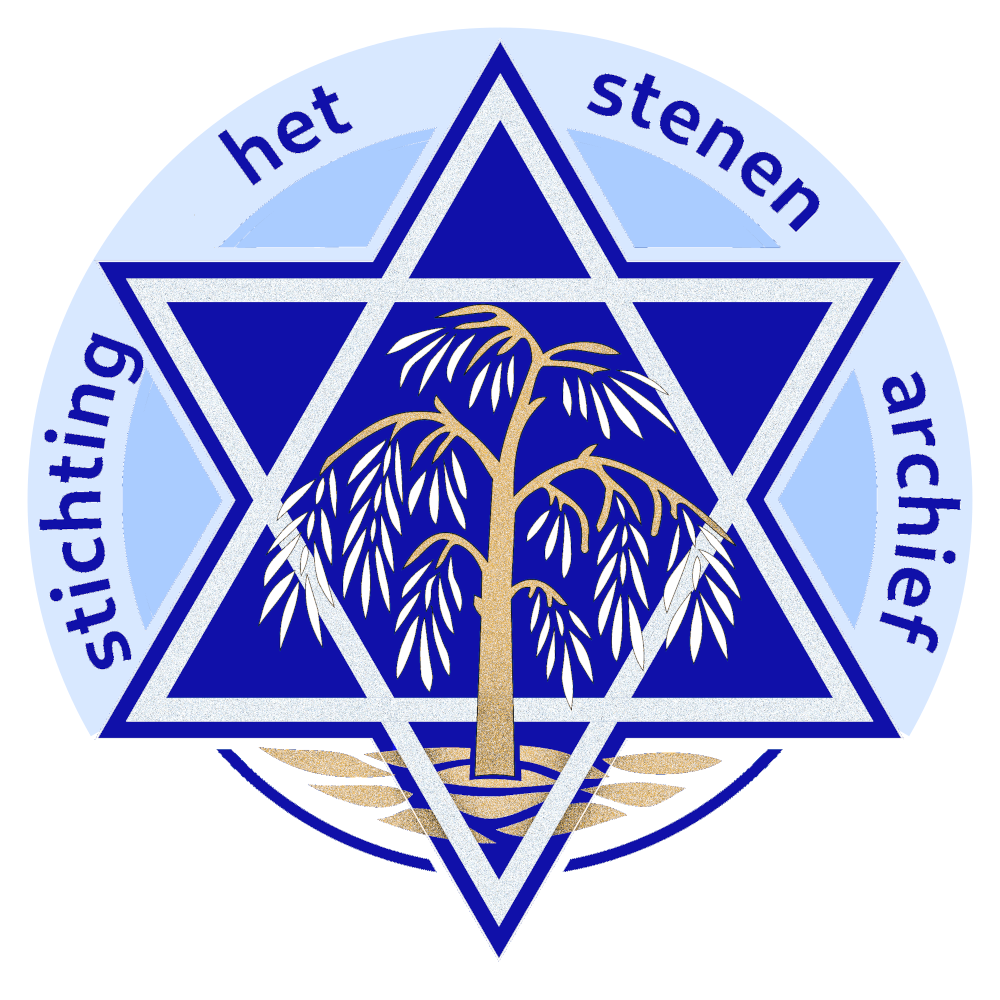Scientific advisors:
Bart Wallet, professor of Jewish studies, University of Amsterdam
Leo Smole, board advisor Heritage & Archeology at the Municipality of Arnhem and advisor to IPOR and NIK
The present situation
The Jewish cemetery in Muiderberg is by far the largest Ashkenazic Jewish cemetery in the Netherlands, which is also still in use. Field A of that cemetery (see map below), where burials of the deceased members of the community started as early as 1642, is the oldest part, but has fallen into serious disrepair over the centuries, especially after WWII and is overgrown with trees, shrubs and weeds.

The importance of Field A
From a historical, archaeological and cultural point of view, Field A is a very important site for and a source of information about the earliest history of the Jewish community in the Netherlands. In the early seventeenth century, the Ashkenazi community in Amsterdam grew considerably, driven by the unprecedented economic growth in the Netherlands during the Twelve Years' Truce (1609 – 1621), but also by the outbreak of the Thirty Years' War (1618). These economic and war refugees built a new life in Amsterdam and were eventually buried at Muiderberg. Through the texts on their tombstones, information can be found that can play an important role in the historical research into the Jewish community in its early years and the genealogical research into the families concerned.
The purpose of the project
The Muiderberg cemetery occupies a central place in Jewish culture and it is therefore of great importance that the old Field A is now systematically and scientifically soundly investigated and, where possible, restored in order to be able to trace the earliest history of Judaism in the Netherlands, rewrite and supplement it. In the past, many graves had wooden tombstones, which of course decayed over the years.
It is estimated that there are still between 2,000 and 2,500 headstones on Field A that need to be identified
Finding those stones and restoring them where possible in order to photograph and inventory them afterwards is the goal of this major project, which is supported by Jewish organizations and a Committee of Recommendation.
Photos of the deplorable state of Field A





